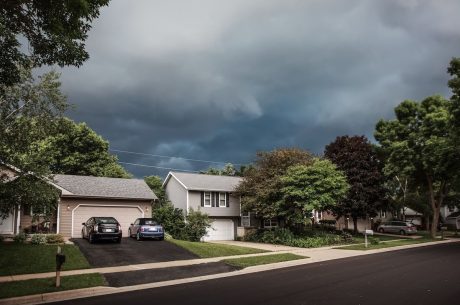Fire damage restoration and water damage restoration are two very different types of jobs, so it’s no surprise that they need to be approached by the responding restorers accordingly.
Now that’s not to say that the two types of jobs don’t also have similarities. For instance, in a residential setting, there’s the issue of containment, inspection to determine the scope of the work about to be done, and being empathetic with potentially distraught homeowners. But here’s a look at some of the big differences between the two approaches:
- Fire: Safety is key when responding to a fire job, so it’s important to first secure the property. Then, emergency board-up can commence and the project can begin. Appropriate items should be packed out and taken off site for contents cleaning, while crews can start ridding the property of soot and smoke odors and preparing for demolition and reconstruction, if necessary.
- Water: When responding to a water loss, the first step is to extract any remaining standing water from the property. If water levels have receded, then contents should be packed out of the affected area and drying equipment should be brought in. In the case of Category 2 or Category 3 water, however, carpet and carpet padding will likely need to be removed and disposed of and any impacted drywall will also need to be cut out.
As you can see, responding to fire and water is different. But there’s one big similarity between the two that’s worth highlighting—empathizing with the homeowner. Remember, these are people who can be very fragile after an unexpected home disaster. So work with them, consider what they feel is “the most important thing” to take care of after a loss and do your best to accommodate their wishes. Whether it’s fire or water, the homeowner’s immediate needs should always be taken seriously.




